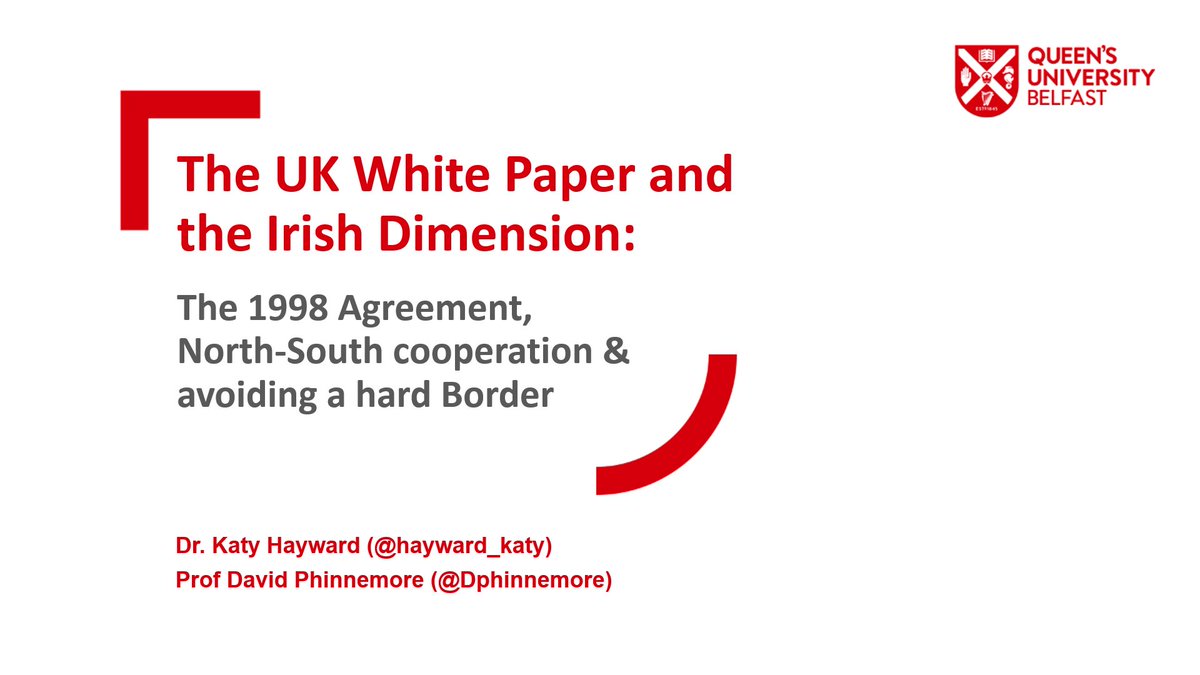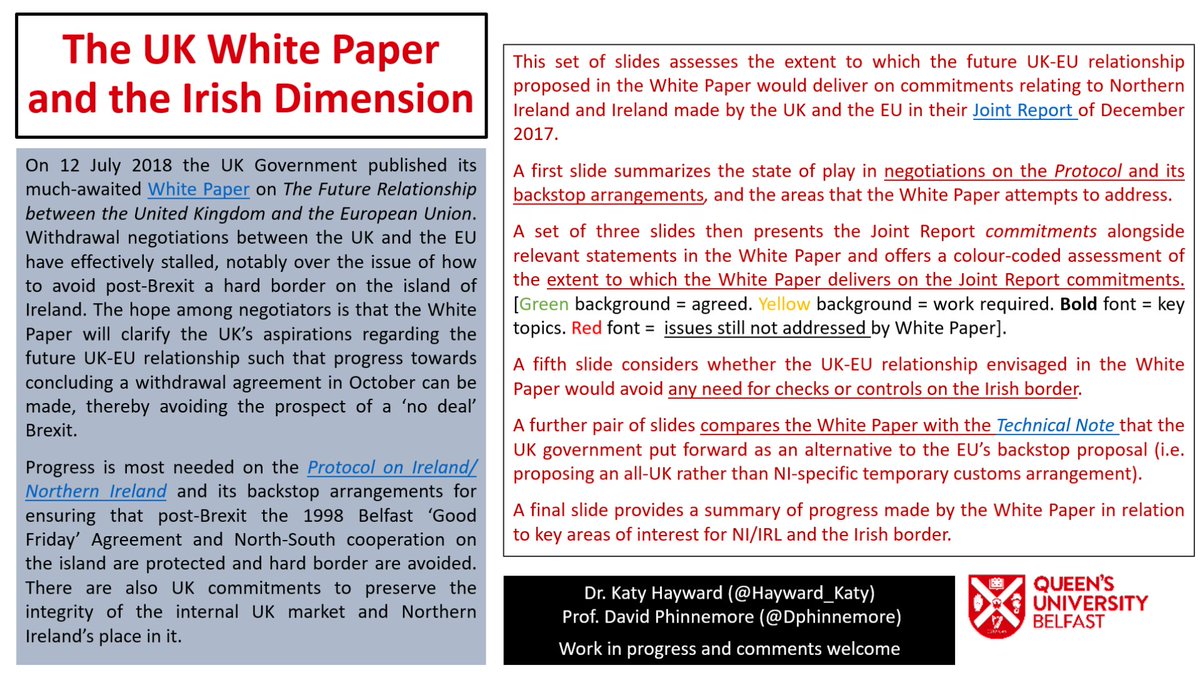@AnnaJerzewska and @SamuelMarcLowe have written the genius versions of this. My edition is to explain the issue to randoms at the bar, if that's how you choose to flirt.
Anyone seeking entry for a drink approaches the door (border), gets screened by the bouncer (regulatory checks) and then waits in line to pay a cover (tariff).
How does the bar make this work in practice? Two options.
The University is a closed campus or fee-for-entry. If you are able to reach the club's main entrance inside the university, you have already passed a gate and either proven you're a student or paid a fee.
Note: If the university and club can also agree on a common dress code policy (regulations) the club could also do away with its main entrance bouncer.
The University is a more open campus, with guests and others wandering through. Just because you're walking into the club's main entrance, which is inside the university, doesn't mean you're a student.
At a bar, this could be as simple as flashing a valid student ID. In trade, it's far more complex and costly.
Some will have forgotten their cards, some will be people living on campus but not studying etc.
That's a lot of people queuing to pay cover.
etsg.org/ETSG2015/Paper…
Note: Student ID's are an imperfect analogy for Rules of Origin certificates, because the latter can be so fiendishly complex (see @SamuelMarcLowe's life's work).
Because that's how I get down.
/Thread














